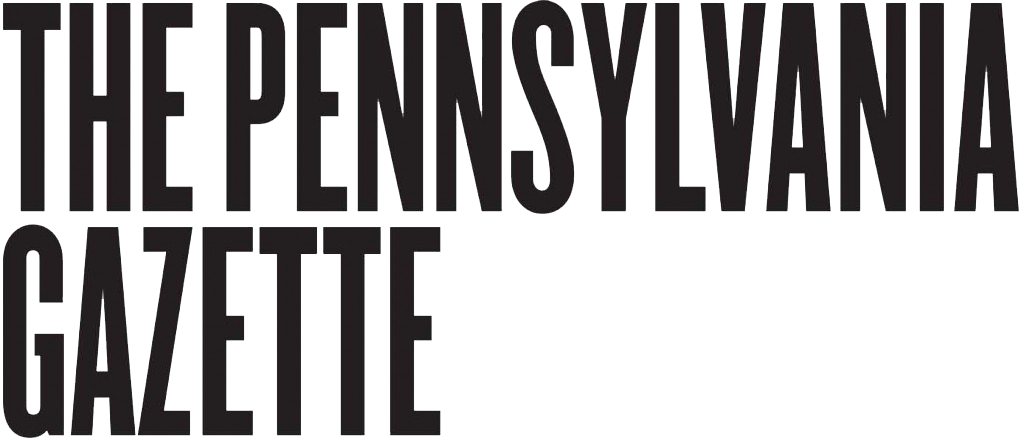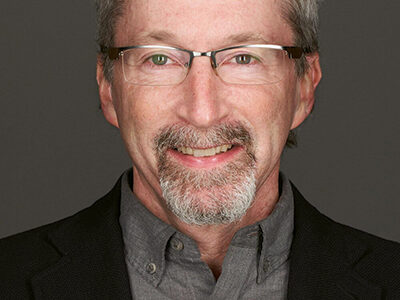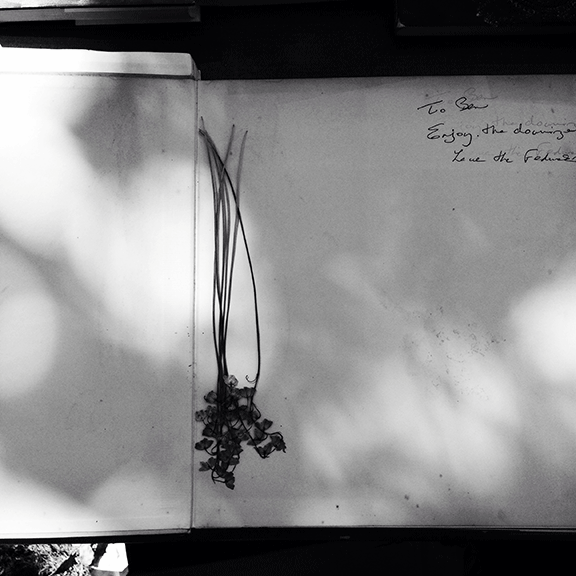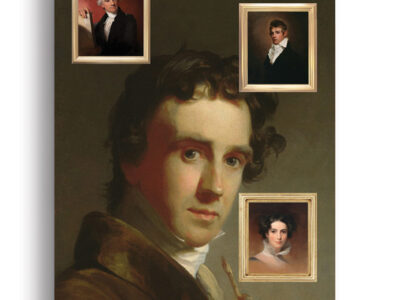Where the wild designers are.

Sharon and Peter Exley GAr’90.
Images Publishing, 2007. $54.00.
By Kevin Owens | What a wonderful romp through the newly hallowed halls of the children’s-museum trend of the past decade and a half! This hefty, profusely illustrated book by Sharon and Peter Exley GAr’90—an often-imitated design team that has been at the forefront of children’s-museum development—takes us on a detailed tour of 44 of their built and unbuilt projects, encompassing all kinds of public environments for children.
It works best for the visually minded. Gorgeous photography, full-color project renderings, and engaging cartoon sketches of design development lead us through the Exleys’ minds from earliest idea to finished product, while full-page images pull the reader into the project to reveal the complex details of the work.
Projects are grouped into eight categories — Architectural, Out-of-doors, Experiential, Exploratory, Public, Cultural, Spiritual, and Multi-generational—and the accompanying text provides details and anecdotes to support the images. The widely varied projects are uniformly sensitive to their respective contexts. An Illinois Heritage Farm condenses all facets of Midwestern agriculture into clearly understood work/play areas. The Brownsville (Texas) Children’s Museum features nearly a dozen thematic zones that highlight the most important cultural and societal issues of the border town.
Even trash is made playfully appealing in “The Stinking Truth About Garbage,” a set of exhibits for the Chicago Children’s Museum. Fanciful collages of discarded materials explain waste, landfills, recycling, and reclamation.
Throughout the book the authors’ real talents and passions are made visible. Sharon, an artist and art educator, has made sure that children can find places to engage with a concept and produce some meaningful activity or work of their own. Peter, an architect, has taken every subject and turned it into a habitable, three-dimensional space that begs exploration.
The book begins and ends with short sections that try to teach us something about the authors’ rich design philosophy on children’s environments. Those sections also hint that the authors have much more to say than they are telling us between these covers, and the book might have been even stronger had it taken on the task of trying to reach the average reader with some meaningful truths about the design of children’s environments.
Understandably, magicians and chefs do not reveal their secrets. However, the title of the book indicates something about the Exleys’ intentions that the book doesn’t quite deliver. Clearly this talented duo has a profound understanding that could be of great interest to a wider reading audience, and could build curiosity and appreciation for the role of design professionals.
The unfortunate fact is that the design process is often misunderstood by non-designers, and is consequently undervalued. With language that leans more toward “architecture speak” and less toward an open presentation of “design for children,” the book does little to help a wider audience understand and value their work. It also tries to reach out to the wider audience by offering more and more detail about more and more projects rather than drilling deeper for rich, distilled insights. Less can be more—and can create more interest—if what is told is more engaging and unfolds in a meaningful progression.
By telling the story of their own experiences designing for kids and offering a smaller selection of the strongest projects, the Exleys might have produced a book of more authority on this timely subject while appealing to a larger market. It would also have helped if they had made it clear whether or not a design was actually built, since their built projects are wonderful, and their playful drawing style could have provided rich material for teaching about design process from unbuilt projects.
In spite of this, Design for Kids stands on its own, offering a rare quality of design for children’s learning environments. Readers with children may find places in the book they already know and love, such as the air-travel play area in Chicago’s O’Hare airport. Readers in the architectural community will immediately recognize the magic touch of the late Steve Izenour GAr’65. Readers in the museum community will see inspirations for learning environments, and a resource to turn to for future development.
Kevin Owens GAr’91 received the Paul Cret Medal for his thesis on mobile, festival architecture. Since that time he has worked in the commercial playground industry in the development of new playground equipment for public use environments.




